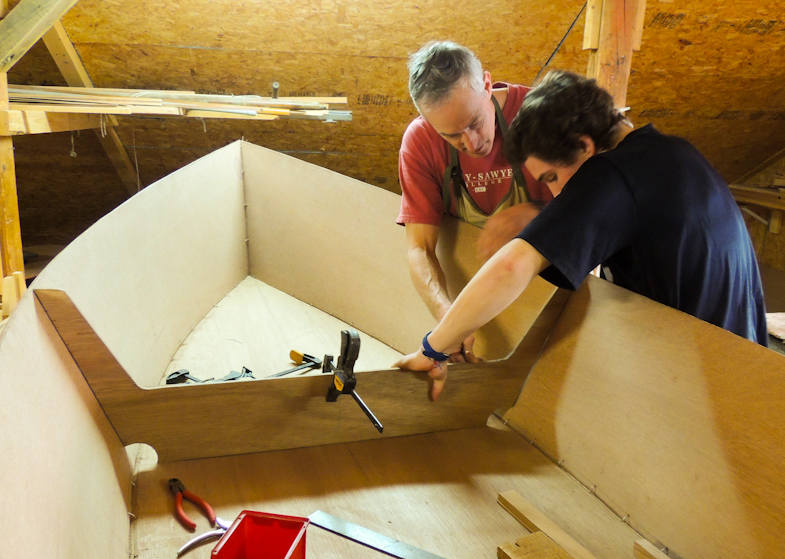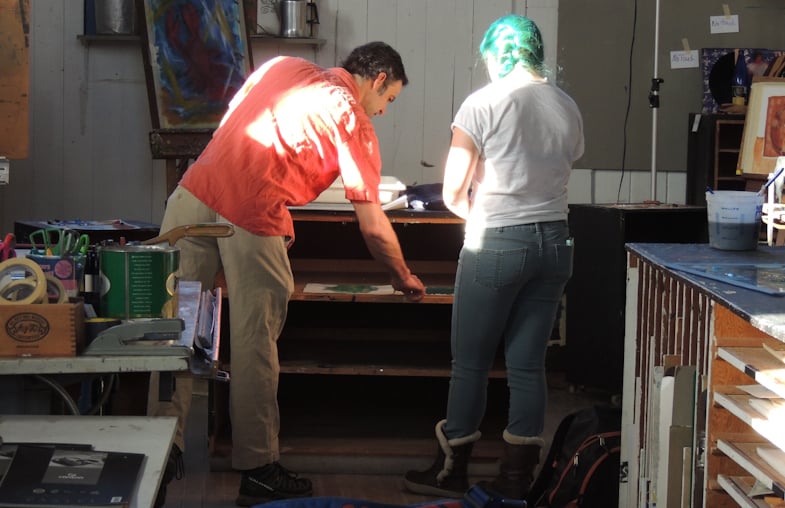We recently posted this article from Scientific American on the Advantages of Dyslexia on our Alumni Facebook page. The article is highly technical, but echoes many of the thoughts we shared in this blog post from January highlighting Proctor’s Art Department’s commitment to utilizing 3 dimensional learning to reach those Proctor students who have the advantage of dyslexia.
Many employers use spatial reasoning tests to assess candidates ability to think three dimensionally. For example, which of the cubes along the bottom of the image below would be formed given the two-dimensional pattern?

These spatial reasoning tests evaluate individuals’ non-verbal reasoning skills: the ability to understand and analyze visual information and solve problems without relying upon or being limited by language skills. While much of the ‘education’ we do in classrooms revolves around two-dimensional work (solving a math problem on paper, writing a paper about the Civil War, etc.), the more we can use three dimensional thinking in our classrooms, the more effective our students’ learning will be.
As the Scientific American article linked above and this New York Times piece discuss, individuals who have dyslexia have a significant advantage over their non-dyslexic peers in their non-verbal reasoning skills and in visualizing problems three dimensionally.

For Proctor's students, the exposure to three dimensional thinking is never more present than it is in the arts. Boat building, wood working, metal shop, and ceramics engage students entirely in three-dimensional problem solving as they work intimately with materials to craft a three-dimensional object. Studio art classes must take a slightly different approach to teaching three-dimensional thinking, however.

Earlier in January, we highlighted Corby Leith ‘92’s studio art class and their art installation series in Slocomb Hall. Gabbi’s '15 installation, inspired by Tara Donovan, took the everyday object of purple string and created a true three-dimensional experience for those who stepped into her exhibit. Gabbi said of her exhibit, “At first I had the idea to paint the walls purple and use purple string to create my installation, but Corby encouraged me to go further, to expand my installation to be a true experience for someone who came to see it. I painted the floors, walls and created a purple ceiling. I found that my project took on a life of its own as I let it, and I think this is so important for an installation like this, to not plan too much, but to let it evolve as you go.”
Corby hopes to bring the same three-dimensional learning experience to studio art as his colleagues in the art department do, “The purpose of these installations is to challenge students in a different way, to get them to think and create art three-dimensionally. They have total freedom in these installations and every student will have the opportunity to create one.”








